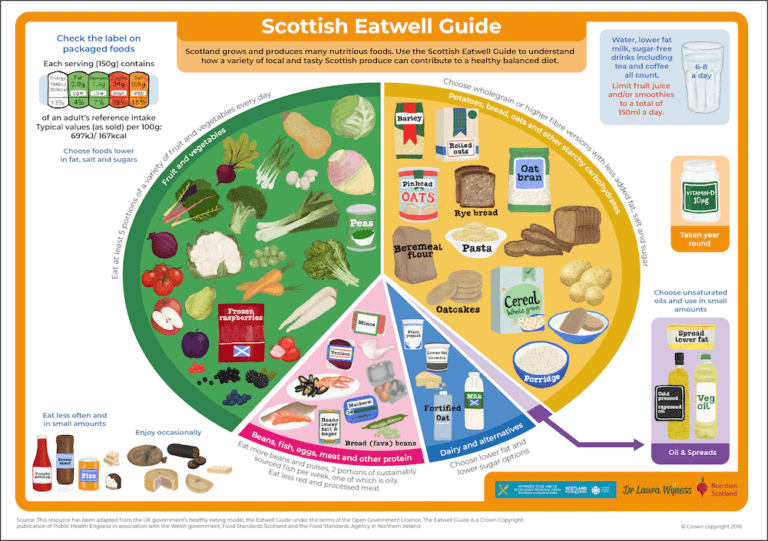Recent research undertaken by 56 Degree Insight found that 52% of consumers choose venison because of taste; 34% because of high quality; 24% because of health/nutritional qualities; 22% to try something different; and 19% because they can buy it locally.
It’s a relatively expensive meat though when compared to other red meats, and this may be a barrier to many consumers. However, there’s a variety of ways to eat venison – the most popular ways include: steak, sausage, fillet, burger or in a stew. The research also found that venison is twice as likely to be eaten for health reasons compared to other red meats. So just how nutritious is it?
Nutritional highlights of venison
Venison is an extremely lean meat, low in fat and saturated fat, high in protein and packed with vitamins and minerals. This versatile meat, which is full of favour, can be used in a variety of recipes. You can roast it, stew it, stir fry it, or use minced venison for Bolognaise, burgers or sausages.
Here’s the nutrition low-down:
Fat and Saturated Fat
Venison is a very low-fat meat with 1.6g of fat in 100g of venison. This compares to 1.1g in the same amount of chicken but 4.3g in beef. Venison is also low in saturated fat, which is great because a diet that’s high in saturated fat can raise the level of cholesterol in the blood and increase risk of heart disease.
Protein
Protein is required for both growth and repair of body tissues and can help with recovery and performance, so it’s a key nutrient for teenagers and for those who are training hard.
Protein is the most satiating macronutrient which means it makes us feel fuller for longer – great for those looking to lose or maintain body weight. Consuming foods high in protein can also be beneficial for older adults as we tend to lose muscle as we age.

Iron
Venison is packed with a variety of highly bioavailable nutrients including iron, zinc, selenium and B vitamins. Low levels of iron are common among teenage girls and adult women in the UK, with almost half (49%) of girls aged 11-18 years and a quarter (25%) of women aged 19-64 years with inadequate iron intakes. This can result in symptoms of fatigue, poor immunity and poor cognitive function. In comparison to other red meats venison has more iron (it has more than twice the amount of iron per 100g compared to lamb for example), so it’s very useful to help boost intake.
In summary, venison is a lean, high protein and nutrient dense food that can be a very flavoursome addition to a healthy, varied diet.











